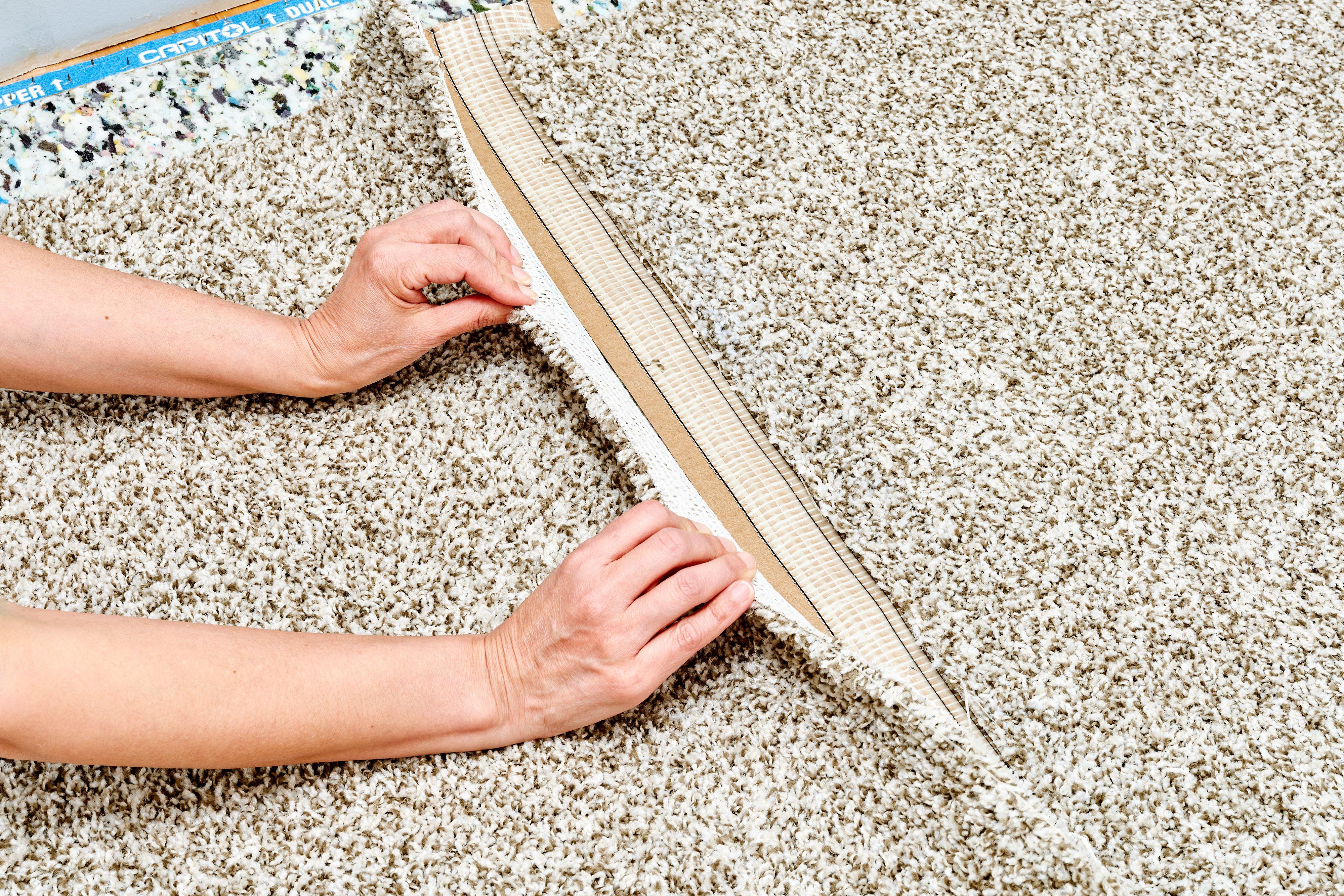Step-by-Step Guide to Carpet Patching

Carpets are a significant part of home décor, providing comfort and aesthetic appeal. However, over time, carpets can develop tears, burns, or stains that require repair. Instead of replacing the entire carpet, you can save money and effort by patching the damaged area. This comprehensive guide will walk you through the step-by-step process of carpet patching, ensuring you achieve professional-looking results.
Understanding Carpet Patching
What is Carpet Patching?
Carpet patching is a repair technique used to fix damaged areas of a carpet by replacing them with matching pieces. It is an effective method to restore the appearance of your carpet without the need for complete replacement.
When to Patch a Carpet
Patching is suitable for localized damage such as burns, stains, tears, and worn-out spots. If the damage is extensive or affects a significant portion of the carpet, professional Carpet Repairs or replacement may be necessary.
Essential Tools and Materials
Tools You Will Need
To patch a carpet, you will need the following tools:
-
Utility knife or carpet cutter
-
Carpet tape or adhesive
-
Seam roller
-
Knee kicker
-
Measuring tape
-
Marker or chalk
-
Scissors
Materials Required
Ensure you have matching carpet pieces for the patch. If you don't have leftover pieces from the original installation, you can cut a patch from an inconspicuous area, such as inside a closet.
Preparing the Area
Cleaning the Damaged Area
Before you begin the patching process, clean the damaged area thoroughly. Remove any dirt, debris, or loose fibers to ensure a smooth surface for the patch.
Measuring the Damaged Area
Use a measuring tape to measure the dimensions of the damaged area. Mark the measurements with a marker or chalk, ensuring you have a clear outline of the section that needs to be cut out.
Cutting Out the Damaged Section
Marking the Cut Lines
Using the measurements, mark the cut lines on the damaged area. Ensure the lines are straight and precise, as this will affect the fit of the patch.
Cutting the Damaged Section
Using a utility knife or carpet cutter, carefully cut along the marked lines. Remove the damaged section of the carpet, ensuring you cut through the backing as well. Take your time to avoid damaging the surrounding carpet.
Preparing the Patch
Cutting the Patch
Using the removed section as a template, cut the patch from the matching carpet piece. Ensure the patch is the exact size and shape of the removed section for a seamless fit.
Trimming the Edges
Trim the edges of the patch to remove any loose fibers and ensure a clean, precise fit. This step is crucial for achieving a professional-looking repair.
Applying the Patch
Positioning the Patch
Place the patch into the cut-out section of the carpet, ensuring it fits snugly. The patch should be level with the surrounding carpet and align with the carpet's grain or pattern.
Securing the Patch with Tape or Adhesive
Apply carpet tape or adhesive to the edges of the patch and the surrounding carpet. Press the patch firmly into place, ensuring a strong bond. Use a seam roller to press the edges and ensure they adhere properly.
Blending the Patch
Using a Seam Roller
Roll over the seams with a seam roller to blend the patch with the surrounding carpet. This step helps to flatten the edges and create a seamless transition.
Fluffing the Carpet Fibers
Use a knee kicker to stretch the carpet and fluff the fibers around the patch. This helps to blend the patch with the rest of the carpet and restore the carpet's original texture.
Final Touches
Inspecting the Repair
Carefully inspect the patched area to ensure it is secure and blends well with the surrounding carpet. Make any necessary adjustments to achieve a flawless finish.
Cleaning the Area
Clean the patched area to remove any dust or debris from the repair process. This step ensures your carpet looks clean and fresh.
Preventing Future Damage
Regular Maintenance
To extend the life of your carpet and prevent future damage, practice regular maintenance. Vacuum regularly, address spills immediately, and use rugs or mats in high-traffic areas.
Professional Cleaning
Schedule professional carpet cleaning at least once a year to maintain the carpet's appearance and hygiene. Professional cleaners can also address minor repairs and prevent damage from worsening.
Conclusion
Carpet patching is an effective and budget-friendly solution for repairing localized damage. By following this step-by-step guide, you can achieve professional-looking results and extend the life of your carpet. Whether you're dealing with burns, stains, or tears, patching allows you to restore your carpet's appearance without the need for complete replacement. Remember, regular maintenance and prompt repairs are key to keeping your carpet looking its best for years to come.



